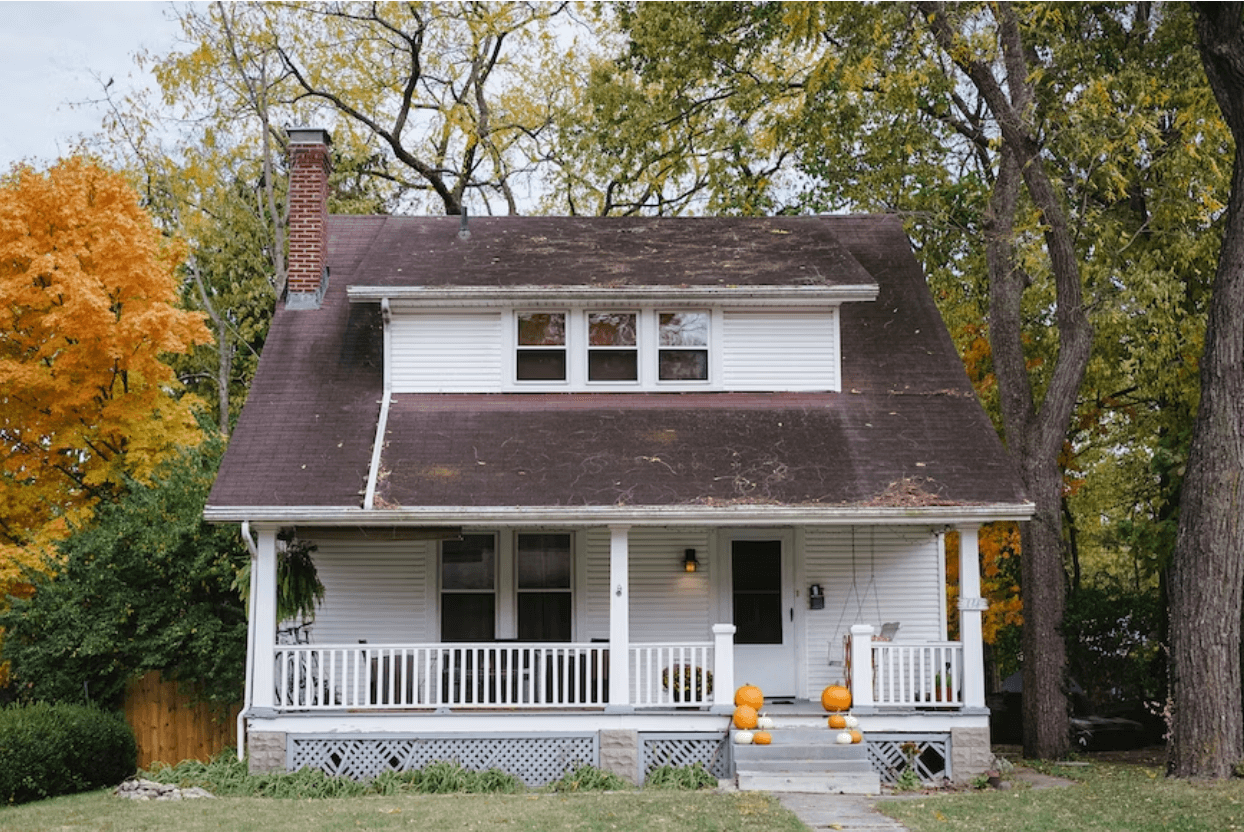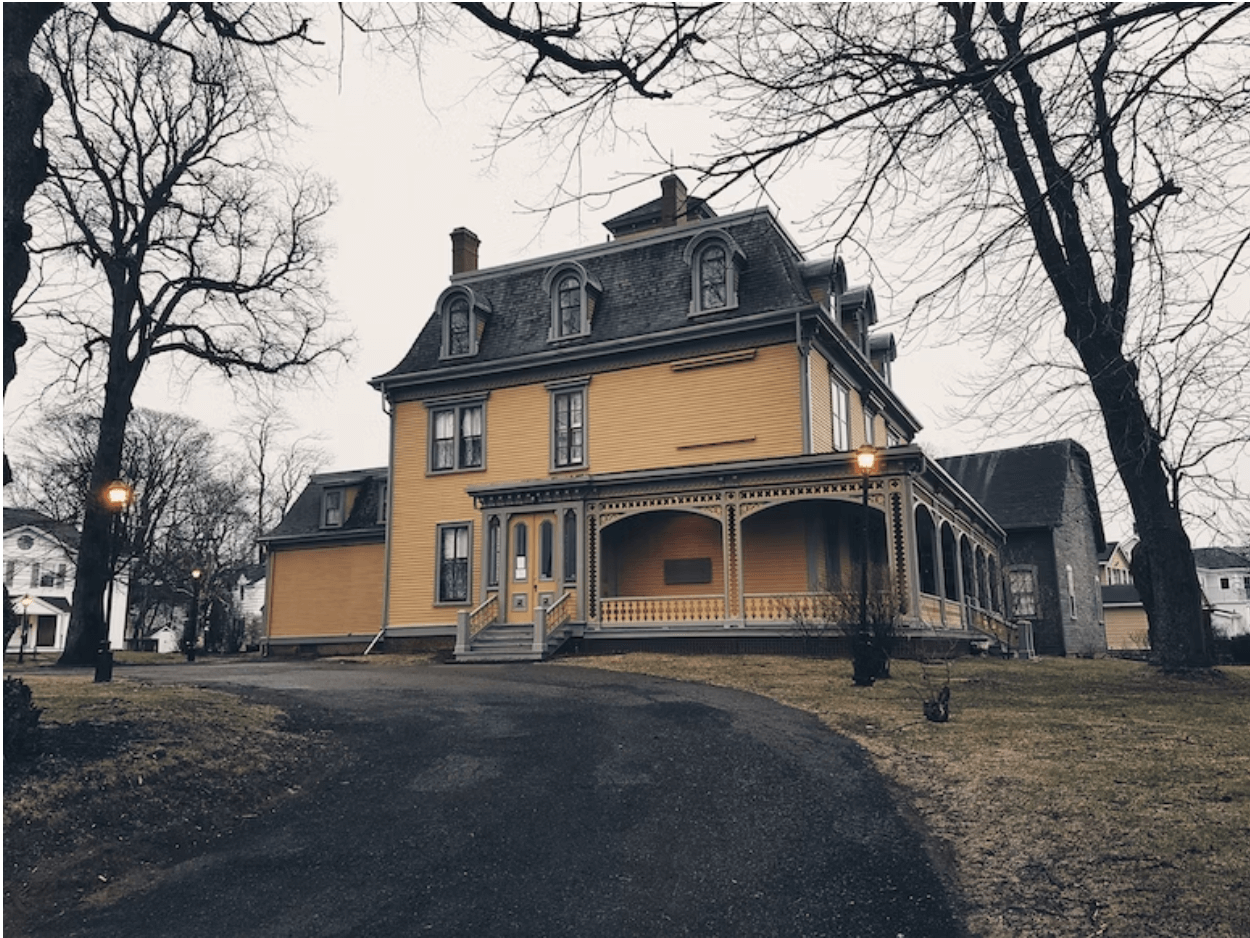A home is more than just bricks and mortar; it’s a haven where memories are made and cherished. However, for some homeowners, the unsettling reality of a sinking house foundation can cast a shadow over this haven. The thought of a house gradually sinking into the ground is undoubtedly alarming, but fear not! Whether you’re a homeowner seeking preventive measures or someone already grappling with a sinking foundation, here’s how to save your house from sinking into the ground.

Understanding the Causes of House Sinking
Before delving into solutions, it’s crucial to understand the underlying causes of a sinking house. A combination of natural factors, such as soil composition, groundwater levels, and seismic activity, can contribute to this distressing phenomenon. No matter the cause, researching reputable contractors for concrete repairs in Brisbane can help you battle the aftermath. Expansive clay soils that shrink and swell with moisture changes, or inadequate soil compaction during construction, are common culprits. Additionally, poor drainage systems, plumbing leaks, and even the natural settling of a house over time can exacerbate the issue.
Preventive Measures for a Solid Foundation
Prevention is the best defense against house sinking. If you’re constructing a new home or looking to safeguard an existing one, several measures can be taken. Firstly, ensure proper soil testing and site preparation before construction begins. Implementing a well-designed drainage system that directs water away from the foundation and maintaining consistent moisture levels in the soil can also play a pivotal role in preserving the structural integrity of your home. Regular inspection of plumbing systems and swift repair of leaks can prevent excess moisture from infiltrating the soil and causing damage.
Restoration and Remediation Techniques
For homeowners grappling with a sinking foundation, timely action is crucial. Engaging with professionals who specialize in foundation repair is essential to evaluate the extent of the damage and determine the appropriate course of action. Techniques such as underpinning, where additional support is added to the foundation, or mud jacking, which involves injecting grout beneath the foundation to lift it, can often rectify sinking issues. It’s important to note that the choice of technique depends on factors like the severity of the sinking and the specific characteristics of the soil.
Lifestyle and Maintenance Adjustments
Beyond structural solutions, adopting certain lifestyle adjustments can also contribute to the longevity of your home’s foundation. Minimize excessive watering near the foundation, as well as major landscaping changes that could disrupt the soil equilibrium. Regularly inspect your home for signs of foundation issues, such as cracks in walls or uneven floors, and address them promptly.
Landscaping Care
While landscaping can enhance your home’s aesthetics, major changes should be approached cautiously. Trees and large shrubs planted too close to the foundation can extract moisture from the soil, causing it to shrink and potentially leading to foundation issues. Moreover, the roots of mature trees can destabilize the soil. When planning landscaping changes, consult with professionals who can advise you on appropriate distances and planting techniques.
Timely Repairs
Regularly inspect your home’s interior and exterior for signs of foundation issues. Cracks in walls, uneven floors, and sticking doors or windows are indicators of potential problems. Address these issues promptly, as neglecting them can exacerbate the situation. While cosmetic fixes might temporarily hide the problem, they won’t address the underlying foundation issues. Consult experts to determine the best course of action for repairs and ensure the long-term stability of your home.
Identifying Warning Signs
Recognizing the warning signs of a sinking foundation is crucial for addressing the issue before it escalates. Keep a watchful eye out for cracks in the walls, especially around doors and windows, as well as gaps between walls and ceilings. Doors and windows that suddenly become difficult to open or close could indicate a shifting foundation. Uneven floors, tilting chimneys, and visibly sinking exterior walls are also red flags. Regularly inspecting your home’s exterior and interior for these indicators can help catch problems early, preventing further damage.
- Cracks in Walls: Keep a close eye on your walls, especially around doors and windows. Cracks that appear suddenly or seem to be widening could signify foundation movement. Horizontal cracks are particularly concerning and might indicate pressure from a sinking foundation.
- Gaps Between Walls and Ceilings: If you notice gaps forming between your walls and ceilings, it’s a strong signal of foundation issues. These gaps can occur due to the uneven settling of the foundation, causing the walls and ceilings to separate.
- Difficulties with Doors and Windows: Doors and windows that were once easy to open and close suddenly becoming stubborn or sticking could point to foundation movement. The shifting of the foundation can alter the alignment of door and window frames.
- Uneven Floors and Tilting Chimneys: Walk through your home and pay attention to any uneven or sloping floors. Such disparities could indicate that the foundation beneath is sinking unevenly. Additionally, a chimney that appears to be tilting away from the rest of the house might signal a compromised foundation.
Seeking Professional Expertise
When dealing with a sinking foundation, consulting professionals is imperative. Structural engineers and foundation repair specialists have the expertise to accurately diagnose the cause of the sinking and recommend appropriate solutions. They will conduct thorough assessments, which might involve soil testing and foundation elevation measurements, to determine the extent of the issue. Their insights will guide you toward the most effective and lasting restoration methods, ensuring the safety and stability of your home.
Investing in Long-Term Solutions
While quick fixes might provide temporary relief, investing in long-term solutions is essential to prevent a recurrence. Collaborate with experts to choose the best strategy for your situation. Helical piers, for instance, can stabilize and lift a sinking foundation by reaching stable soil layers deep underground. Another option is slab jacking, where a mixture is pumped beneath the slab to raise it to its original position. These solutions might require a greater initial investment, but they offer lasting protection for your home’s foundation.

Armed with a comprehensive understanding of the causes, preventive measures, restoration techniques, warning signs, and the importance of professional expertise, you can take decisive action to save your home from further sinking. Remember that the key lies in early detection, proactive maintenance, and seeking guidance from experienced professionals. By following these guidelines, you can not only rescue your home from sinking but also ensure that it stands proudly on a solid foundation for generations to come.
